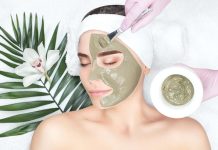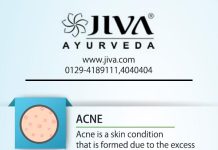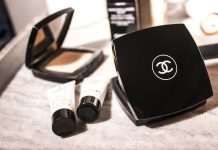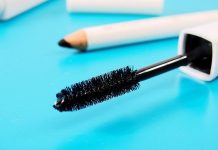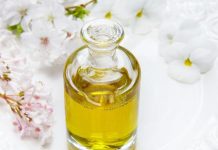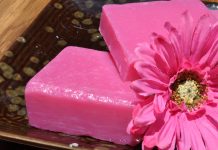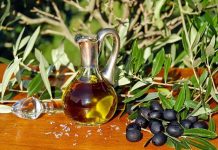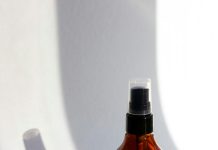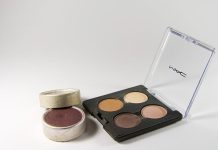In the ever-evolving world of skincare, the quest for the perfect cleanser is akin to searching for the Holy Grail. Among the myriad options, cleansing balms and foaming cleansers stand out, each promising a fresh, glowing complexion. But how do they truly stack up against each other? Are the luxurious, oil-based balms superior to the frothy, refreshing foams? In this article, we delve into the science, benefits, and user experiences to uncover whether cleansing balms reign supreme or if foaming cleansers hold the crown. Join us as we embark on this journey to discover which cleanser deserves a spot in your skincare ritual.
Understanding Your Skin’s Needs
To determine the best cleansing option, it’s essential to consider your skin’s unique characteristics. Skin types vary widely, and understanding yours can make all the difference in choosing the right product. Whether your skin is oily, dry, sensitive, or combination, each type requires a different approach to cleansing.
- Oily Skin: Typically benefits from foaming cleansers that help remove excess oil and unclog pores.
- Dry Skin: Often requires the gentle touch of cleansing balms, which provide hydration while removing impurities.
- Sensitive Skin: Needs a delicate balance; both balms and gentle foaming cleansers can work, depending on specific sensitivities.
- Combination Skin: Might find success with a hybrid approach, using a balm on drier areas and a foam on oilier zones.
Knowing these specifics helps tailor your skincare routine to suit your skin’s needs, enhancing its natural glow and health.
The Science Behind Cleansing Balms and Foaming Cleansers
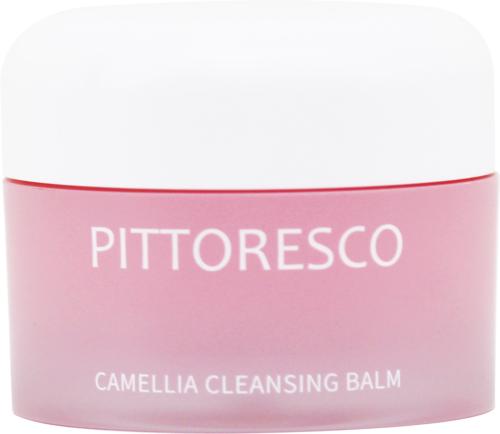
At the heart of any effective skincare routine lies a good cleanser, and understanding the science behind popular options like cleansing balms and foaming cleansers can help you make an informed choice. Cleansing balms, with their rich, oil-based formulas, leverage the principle of “like dissolves like.” This means they effectively break down and dissolve oils, makeup, and impurities on the skin. Upon application, these balms transform into a silky oil that binds with excess sebum and pollutants, making them ideal for dry or sensitive skin types.
In contrast, foaming cleansers use surfactants, which are compounds that lower the surface tension between ingredients, allowing for the removal of dirt and oil. When mixed with water, these cleansers create a rich lather that provides a satisfying cleanse. Foaming cleansers are often favored by those with oily or acne-prone skin due to their ability to penetrate pores deeply. However, they can sometimes strip the skin of natural oils, which might lead to dryness.
- Cleansing Balms: Oil-based, gentle, ideal for makeup removal.
- Foaming Cleansers: Surfactant-based, deep-cleaning, suitable for oily skin.
Comparing Ingredients and Their Effects
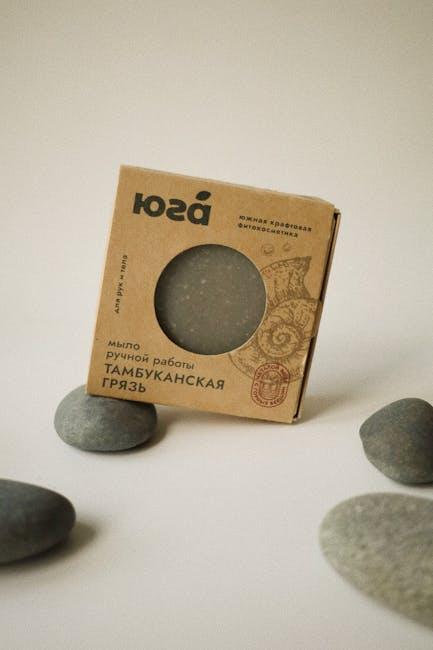
When diving into the world of skincare, understanding the distinct ingredients and their effects in cleansing balms and foaming cleansers can be a game-changer. Cleansing balms typically boast ingredients like oils and butters, such as coconut oil and shea butter, which are known for their nourishing properties. These ingredients not only dissolve makeup and impurities but also maintain the skin’s natural moisture barrier, making them ideal for dry or sensitive skin.
On the other hand, foaming cleansers often contain surfactants like sodium lauryl sulfate, which create a rich lather. While these ingredients are effective at removing excess oil and deep-seated dirt, they can sometimes strip the skin of its natural oils, potentially leading to dryness. However, modern formulations often include hydrating elements like glycerin to counterbalance these effects. Consider these factors when choosing the right product for your skin type:
- Dry skin: Opt for balms to lock in moisture.
- Oily skin: Foaming cleansers can help control excess oil.
- Combination skin: Look for balanced formulas or consider a double cleansing routine.
Expert Tips for Choosing the Right Cleanser
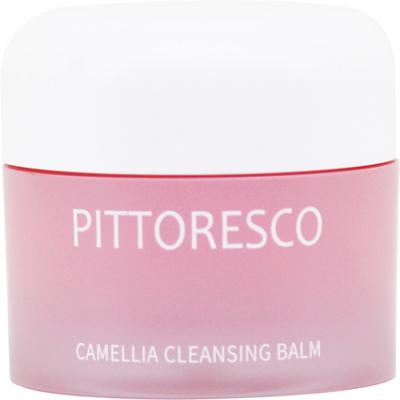
- Understand Your Skin Type: Before diving into the world of cleansers, it’s essential to know your skin type. Whether you have oily, dry, combination, or sensitive skin, each type requires a specific formulation to effectively cleanse without stripping essential oils.
- Consider the Ingredients: Look for ingredients that cater to your skin’s needs. For instance, hyaluronic acid is excellent for hydration, while salicylic acid works wonders for acne-prone skin. Avoid harsh chemicals and fragrances that might irritate your skin.
- Texture and Formulation: Decide between balms, gels, or foams based on personal preference and how your skin reacts. Cleansing balms offer a gentle, hydrating cleanse, while foaming cleansers can provide a refreshing, deep clean.
- Double Cleansing: If you’re a fan of heavy makeup or sunscreen, consider incorporating a double cleansing routine. Start with a balm to break down makeup, followed by a foaming cleanser to remove any residual impurities.
- Patch Test: Always patch test a new product to ensure it doesn’t cause irritation or breakouts. Apply a small amount to a discreet area and wait 24 hours to see how your skin reacts.

